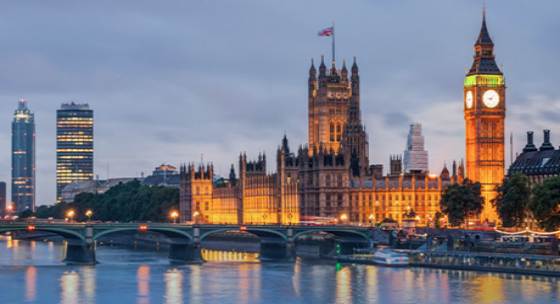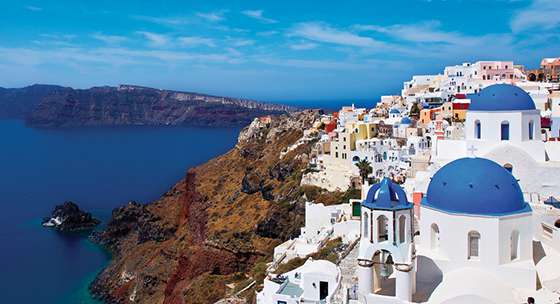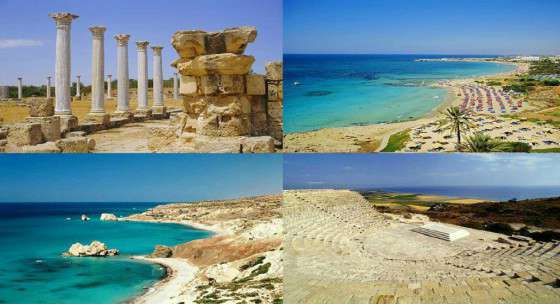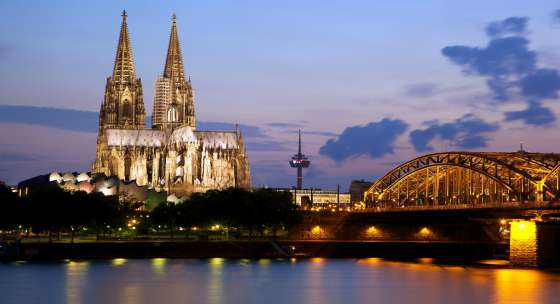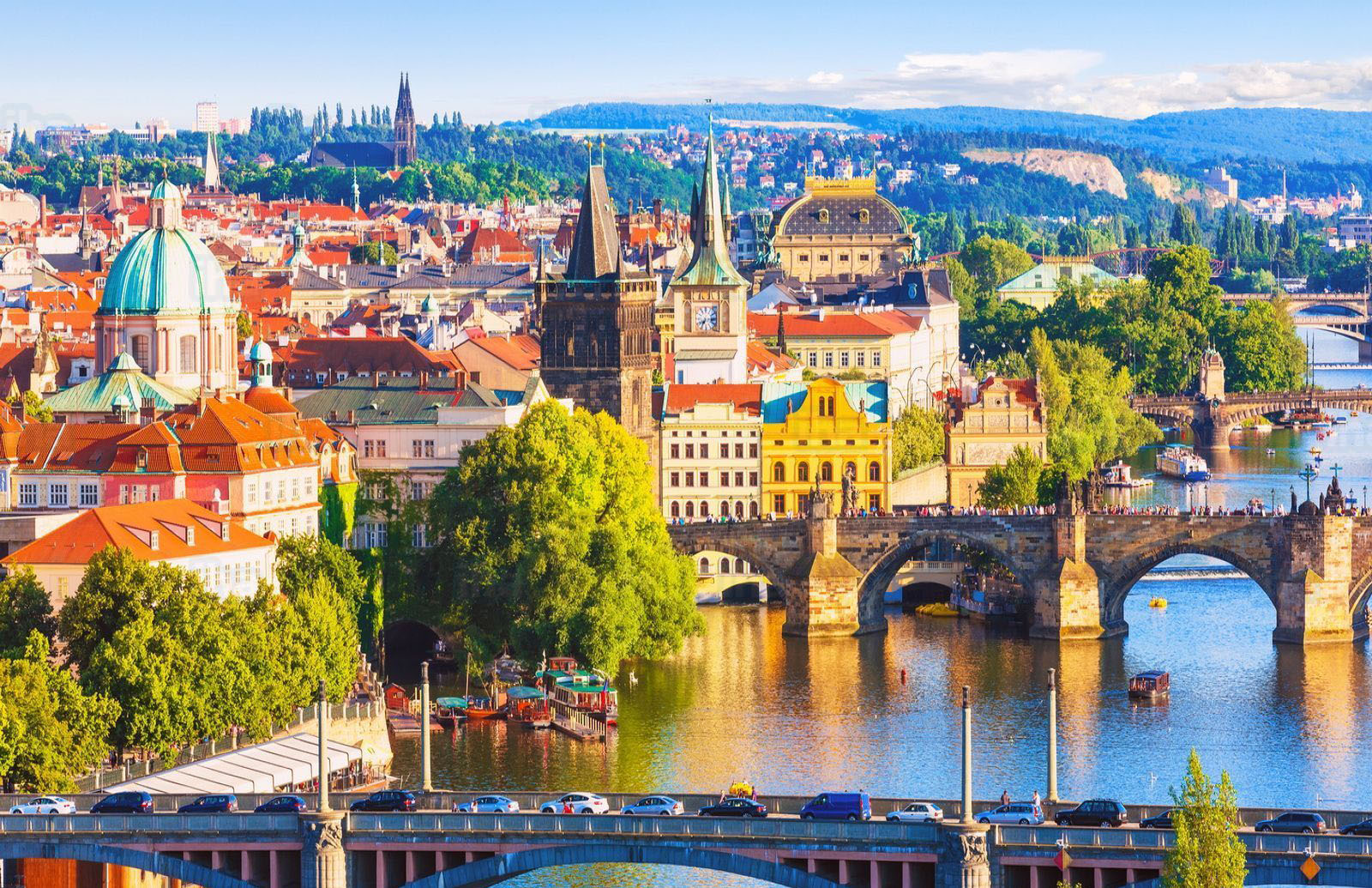Jobs in Czech Republic
Automotive industry
Vacancies at industrial zone, automotive industry for Completion of goods auxiliary easy job, working in three - shift operation Monday - Friday in 8h, paid 7,5h and 0,5h is break, week-end is free. Paid training is provided the first days.
Accommodation is secured and paid by us. In the case of own accommodation - the accommodation allowance is 3 500 CZK- 130€/month. Accommodation is at two hostels (Hostel) mostly in 2 - bed rooms (cells). The bathroom and the toilet are always in two rooms. Every washing machine is always in the cell. Each room has a TV and free internet. Bedding changed once a week. There are no plates and cutlery in the kitchen, you have to marry yourself. The hostel is located in the city center, about 500m from the square. In close proximity are Lidl, Albert and other shops of various brands. In case of damage on the hostel there will be deductions.
Working documents:
The employment contract is for a fixed period- 6 months. Another extension for 1 year is possible. Probation period - 3 months.
Compulsory documents:
1. A medical check-up from your doctor and a confirmation from your doctor that the applicant does not suffer from any more serious diseases such as epilepsy, heart disease, diabetes, etc. It is sufficient in the Greek language.
2. Clean criminal record
Salary: 900€ net, the overtime working is paid extra.
Some information about the locations:
PRAGUE: Prague (/ˈprɑːɡ/; Czech: Praha [ˈpraɦa] ( listen), German: Prag) is the capital and largest city in the Czech Republic, the 14th largest city in the European Union[8] and also the historical capital of Bohemia. Situated in the north-west of the country on the Vltava river, the city is home to about 1.4 million people, while its larger urban zone is estimated to have a population of 2.2 million.[9]The city has a temperate climate, with warm summers and chilly winters.
Prague is home to a number of famous cultural attractions, many of which survived the violence and destruction of 20th-century Europe. Main attractions include the Prague Castle, the Charles Bridge, Old Town Square with the Prague astronomical clock, the Jewish Quarter, Petřín hill and Vyšehrad. Since 1992, the extensive historic centre of Prague has been included in the UNESCO list of World Heritage Sites.
The city has more than ten major museums, along with numerous theatres, galleries, cinemas and other historical exhibits. An extensive modern public transportation system connects the city. Also, it is home to a wide range of public and private schools, including Charles University in Prague, the oldest university in Central Europe.
Tourism
Since the fall of the Iron Curtain, Prague has become one of the world's most popular tourist destinations. Prague suffered considerably less damage during World War II than some other major cities in the region, allowing most of its historic architecture to stay true to form. It contains one of the world's most pristine and varied collections of architecture, from Romanesque, to Gothic, Renaissance, Baroque, Rococo, Neo-Renaissance, Neo-Gothic, Art Nouveau, Cubist, Neo-Classical and ultra-modern.
Prague is classified as an "Beta+" global city according to GaWC studies, comparable to Vienna, Seoul and Washington, D.C. Prague ranked sixth in the Tripadvisor world list of best destinations in 2016.[14] Its rich history makes it a popular tourist destination, and the city receives more than 6.4 million international visitors annually, as of 2014. Prague is the fifth most visited European city after London, Paris, Istanbul and Rome.[15] Prague's low cost of living makes it a popular destination for expats relocating to Europe.
KADAN: Kadaň (Czech pronunciation: [ˈkadaɲ] ( listen); German: Kaaden), is a city in the Ústí nad Labem Region of the Czech Republic. The city lies on the banks of the river Ohře. Although it is situated in an industrial part of the Czech Republic there is no major industry within the city and people usually work in offices or have to commute. There are two large power plants nearby (Tušimice and Prunéřov). Kadaň is a tourist centre with highlights being the Franciscan Monastery and the historical square with late Gothic Town Hall Tower. It is also a town with the narrowest lane in the Czech Republic - Katova ulička with only 66.1 cm.
Places of interest
· Franciscan Monastery (museum)
· Town Hall Tower
· The Castle
· The Old Square
· Holy Tower
· Barbican
· Lookout Tower on Svatý kopeček (Holy Hill)
PLZEN-PILSEN: Plzeň (Czech pronunciation: [ˈpl̩.zɛɲ] ( listen)), also called Pilsen in English and German, is a city in western Bohemia in the Czech Republic.[2] About 90 kilometres (56 miles) west of Prague, it is the fourth most populous city in the Czech Republic.
The city is known worldwide for Pilsner beer, created by Bavarian brewer Josef Groll there in 1842.
19th century
In the second half of the 19th century Plzeň, already an important trade centre for Bohemia, near the Bavarian/German border, began to industrialise rapidly. In 1869 Emil Škoda started up the Škoda Works, which became the most important and influential engineering company in the country and a crucial supplier of arms to the Austro-Hungarian Army. By 1917 the Škoda Works employed over 30,000 workers. After 1898 the second largest employer was the National Railways train workshop, with about 2,000 employees: this was the largest rail repair shop in all Austria-Hungary. Between 1861 and 1877, the Plzeň railway junction was completed and in 1899 the first tram line started in the city. This burst of industry had two important effects: the growth of the local Czech (Slavic) population and of the urban poor. After 1868 first Czech mayor of the city was elected.
World War II
Following Czechoslovak independence from Austria-Hungary in 1918 the German-speaking minority in the countryside bordering the city of Plzeň hoped to be united with Austria and were unhappy at being included in Czechoslovakia. Many allied themselves to the Nazicause after 1933, in the hope that Adolf Hitler might be able to unite them with their German-speaking neighbours.
Following the Munich Agreement in 1938, Plzeň became literally a frontier town, after the creation of the Sudetenland moved the Third Reich borders to the city's outer limits. During the Nazi occupation from 1939 to 1945 the Škoda Works in Pilsen was forced to provide armaments for the Wehrmacht, and Czech contributions, particularly in the field of tanks, were noted.
Between 17 and 26 January 1942, over 2,000 Jewish inhabitants, most of Plzeň's Jewish population, were deported by the Nazis to the Theresienstadt concentration camp.
The German-speaking population was forcibly expelled from the city and indeed all of Czechoslovakia after the end of the war in 1945, according to the provisions of the Potsdam agreement. All of their property was confiscated.
On 6 May 1945, near the end of the Second World War, Plzeň was liberated from Nazi Germany by the 16th Armored Division of General Patton's 3rd Army. Also participating in the liberation of the city were elements of the 97th and 2nd Infantry Divisions supported by Polish, controversial, Holy Cross Mountains Brigade. Other Third Army units liberated major portions of Western Bohemia. The rest of Czechoslovakia was liberated from German control by the Soviet Red Army. Elements of the 3rd Army, as well as units from the 1st Army, remained in Plzeň until late November 1945, assisting the Czechs with rebuilding.
Communist era
After the Communist Party of Czechoslovakia coup of February 1948, the Czechoslovak government launched a currency reform in 1953. This reform caused a wave of discontent, including the Plzeň uprising. On 1 June 1953 over 20,000 people, mainly workers at the Škoda Works, began protesting against the government. Protesters forced their way into the town hall and threw communist symbols, furniture and other objects out of the windows. The protest caused a retaliation from the government; as part of their retaliation, they destroyed the statue of Thomas Garrigue Masaryk. The statue has since been re-erected.
The next year, a West German homing pigeon was lost near the Czechoslovak border. It returned two days later, bearing a strong anti-communist message, signed "Unbowed Pilsen." The bird, named Leaping Lena, was taken to the United States where it was celebrated as a Cold War hero.
Pilsner beer
Pilsner Urquell
In 1375 Bohemian king Charles IV endowed the Dobrow Monastery near Plzen with the beer right, and it became the oldest brewery to survive to modern times.
The officials of Plzeň founded a city-owned brewery in 1839, Bürger Brauerei (Citizens' Brewery – now Plzeňský Prazdroj), and recruited Bavarian brewer Josef Groll (1813–1887) who produced the first batch of modern Pilsner beer on 5 October 1842. The combination of pale colour from the new malts, Pilsen's remarkably soft water, Saaz noble hops from nearby Žatec (Saaz in German) and Bavarian-style lagering produced a clear, golden beer which was regarded as a sensation. Improving transport meant that this new beer was soon available throughout Central Europe and Pilsner Brauart-style brewing was widely imitated. In 1859, "Pilsner Bier" was registered as a brand name at the Chamber of Commerce and Trade in Plzeň. In 1898, the Pilsner Urquell trade mark was created to put emphasis on it being the original brewery.
